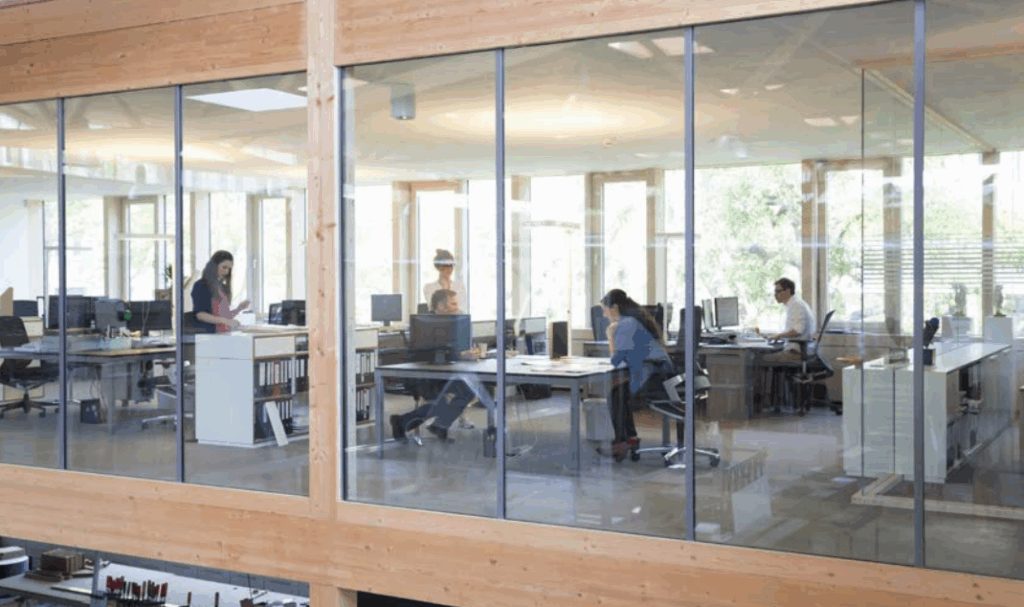Filter by
Subjects
Category
Type
FMs Can Impact the Procurement Landscape by Modifying the Technical Requirements
A major problem for facility managers is to get the procurement department to procure expert vendors. Hiring an expert is often neglected […]
Moving Right Along: An Employee Move Management Solution Made Quickly, Easily, and Affordably
An automated, easy to use move system with a method for collecting reliable information enables a well-trained move team to perform routine […]
Computer Gaming in FM Education
This study identifies a great potential to increase attractiveness and efficiency of FM education and training by way of serious games, which […]
Building Operation the Next 100 Years
Forecasting an FM future focused around education and research, improved business processes and better management of new technology, this whitepaper projects key […]
Linking Customer Experience with Service Employee Engagement
In this white paper, ISS performed a series of regression analyses for their data, and subsequent research has revealed important new knowledge […]
How 'New Ways of Working' Affect Our Use of Facilities
How we work has changed dramatically over the last 50 years. This has impacted our use of facilities, as they support how […]
Do more with less: Moving power and building management to the cloud
Building owners and operators are facing growing demands for buildings that are more sustainable, resilient, efficient, and people-centric. New cloud-hosted power and […]
Capitalizing on Change: The Cost-Savings Benefit and ROI Potential in the Digital Workplace
The key to major cost savings is having visibility into your actual space utilization. Download our latest guide that dives into how […]
Work safe. Work smart. Return with confidence
By IBM
As we plan for the return back – to public structures, corporations, and campuses – how we manage our buildings and our […]
Comfort
Comfort, or being comfortable, is defined as a sense of physical or psychological ease. Comfort is highly subjective.1 In other words, comfort […]





